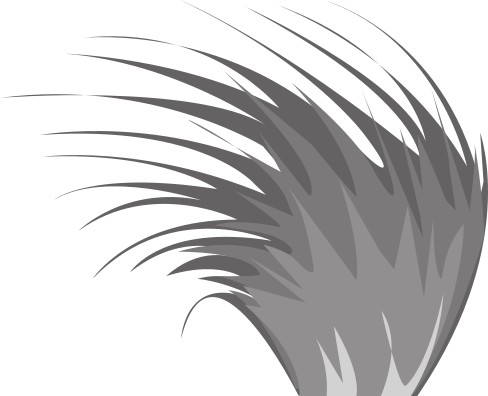Natural History of the North Andean High Mountains: the Most Diverse Alpine Ecosystems on Earth
Talk / Seminar on Wednesday 1st of July 2015, 05:20 PM (10 years ago)
Contact: David Lyttle | djl1yttle@gmail.com | (03) 454 5470
Robert Hofstede—visitor to Botany Department and Consultant to International Organisations in Tropical Nature Conservation and Environmental Policy. The Northern portion of the Andes is characterised by a tropical cool and perhumid climate, a relatively recent geological history and a geographical position at the Northern border of a continent. In this area the páramo biome is found: the natural tussock grass and herb-dominated ecosystem above the natural tree line in Venezuela, Colombia, Ecuador and northern Peru. It is considered the most species rich alpine vegetation in the world, with a spectacular vegetative structure and an impressive level of endemism for a continental ecosystem (up to 60%). Because of the extreme climatic conditions ("winter every night, summer every day"), many species have developed an impressive set of adaptations converting them into the top-mountaineers of the global flora. These adaptations have resulted in conspicuous growth forms, some of which are shared with the New Zealand flora. Páramo's position in the tropics and connected through mountain chains with temperate areas ensure an interesting phytogeographical diversity: the flora has many elements of both tropical and temperate (holarctic and austral-antarctic) origins. Páramo is connected to the high mountain (cloud) forest through a broad ecotone; both are of key importance for the ecology and society of the Andean countries because they form the sources of, and therefore regulate, all major hydrological systems including part of the Amazon watershed. Their conservation is a major concern because of the pressure that originates from agricultural encroachment and large scale economic development. At the Zoology Benham Building, 346 Great King Street, behind the Zoology car park by the Captain Cook Hotel. Use the main entrance of the Benham Building to get in and go to the Benham Seminar Room, Rm. 215, 2nd floor. Please be prompt as we have to hold the door open.
